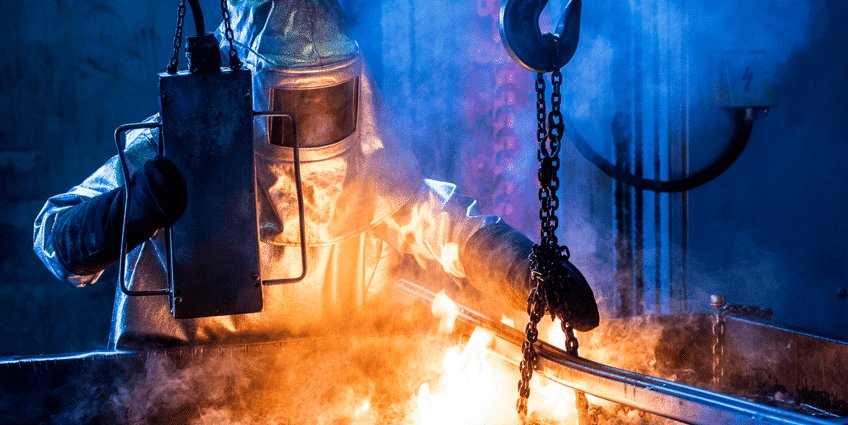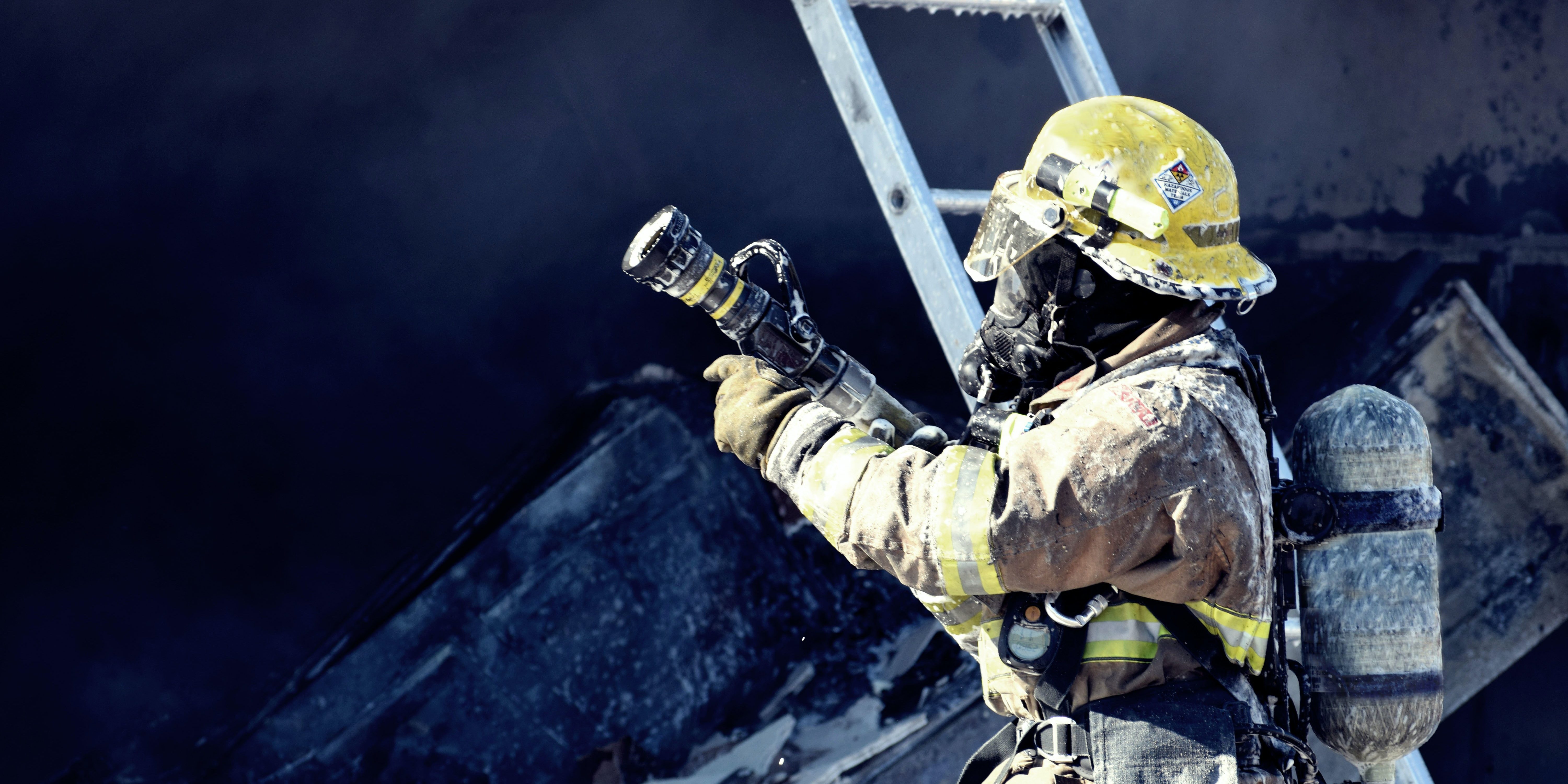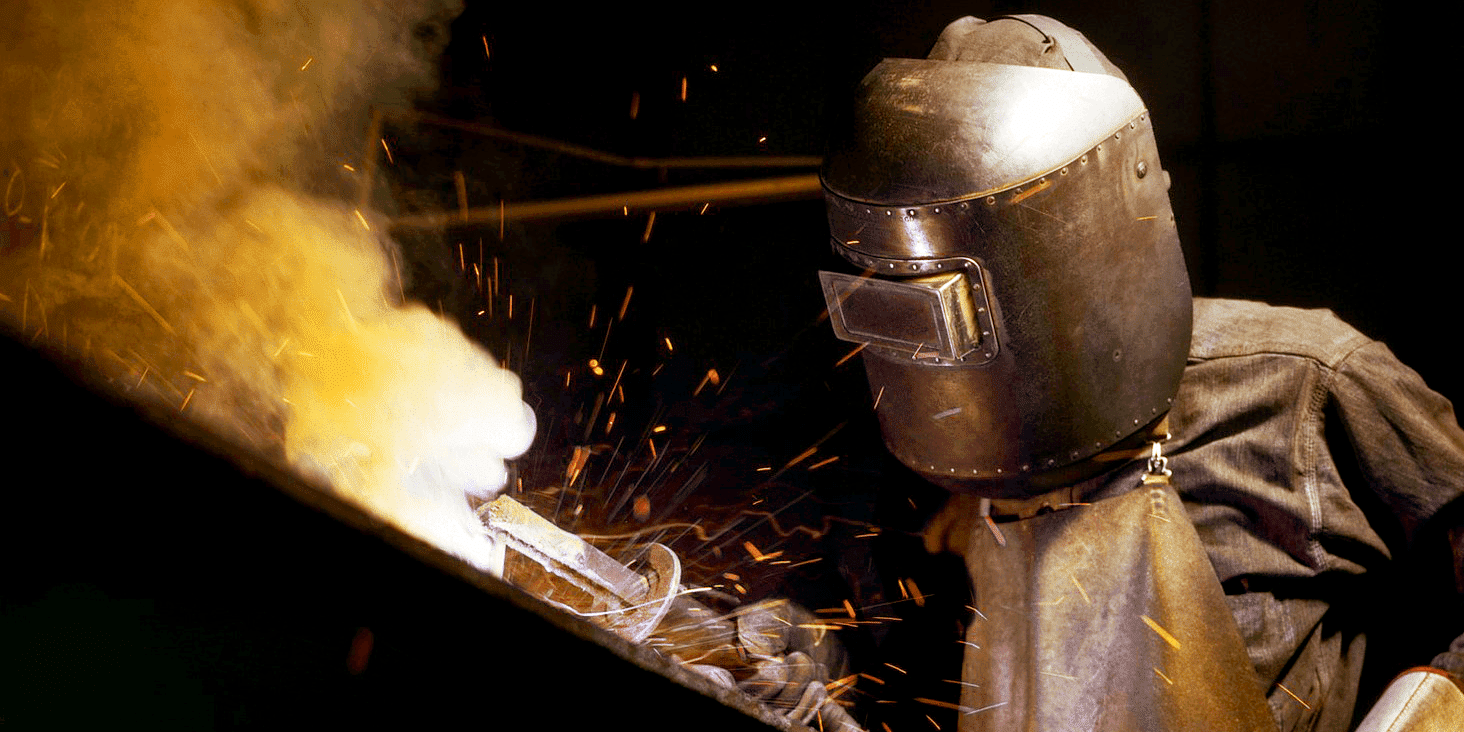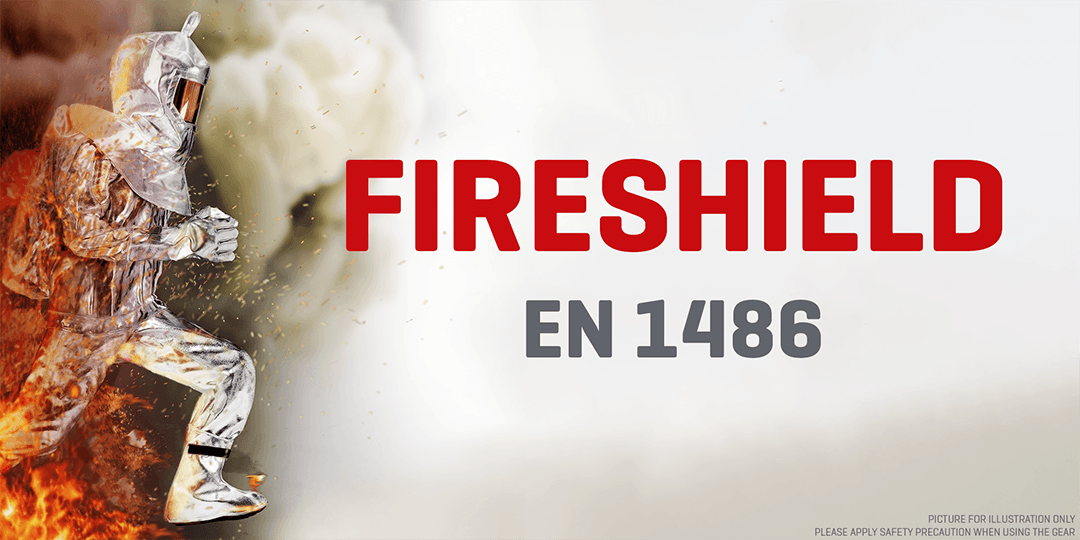Современное состояние пожаротушения в КитаеПомимо дымовых интоксикаций, ожоги относятся к наиболее распространенным травмам человека во…

How to pick your PPE by knowing the risks of your working environment
What is the highest temperature your fabrics could resist? We are often asked this question from our end users. The heat transmitting is indeed a very complex matter when it comes to talk about PPE. That is why only considering the temperature resistance parameter is a too simplistic way of selecting a heat protection. To avoid this kind of dangerous shortcuts, OTEGO created a short guide listing up the types of hazards linked to high temperature environment:
1. Fire hazards :
Fire hazards for workers is often due to a flame propagation on flammable garment material. It is important to select materials that are naturally or treated to be fire retardant. Self-extinguishing material that have the ability to slow down flame propagations. Some materials like Aramide naturally possess fire retardant properties, while some need additives or coatings. Having a FR PPE is mandatory in any working place where workers are exposed to sparks.
2. Burns due to radiant heat exposure:
Also called infrared heat, radiant heat is the energy transmitted through electromagnetic waves. It possesses the same properties as the rays of light. That means the radiant heat does not need any material to transmit and even passes through the vacuum. A good and simple example of radiant heat phenomena is the warm feeling of sun rays hitting the skin.
While it is harmless at lower exposure, it gets more dangerous as soon as your level of exposure get higher. The results of a high exposure to infrared radiation are cataract, eye damage, superficial burns, and even some deeper burns in some cases (More information).
For environment such as foundries, we recommend workers to pay extra attention to this kind of heat. To protect yourself, it is recommended to use equipment such as aluminized curtains, or aluminized PPE that will provide an appropriate level reflectivity.
3. Hazards due to Convective Heat:
When a heat transfer occurs through a moving fluid or gas, it is called convection. This is what we commonly call temperature, and when it gets too high, it may become harmful to people. When someone is shortly exposed to a high level convective heat, that person will quickly feel discomfort. If exposed longer, that person may get some thermoregulation troubles and have deadly risks.
To avoid take those risks, 3 solutions exist:
- Shorten the exposure time of the workers to the environment.
- Reduce humidity that prevent the body from cooling thanks to its sweat.
- Use insulating fabrics and PPE with very low heat transfer materials to isolate the workers from their environment.
4. Hazards linked to Contact Heat:
Heat transfer between two objects is called contact heat. If you are in a situation where you may face contact heat, make sure the PPE you wear is Fire Retardant (aka FR) with adequate thickness in order to delay the heat transfer. There is nearly no material that could permanently withstand contact heat (except if it includes a vacuum layer). The standard for a fabric is to protect the subject from a contact with a 250°C object, so the temperature increases at most by 10°C in 5 seconds (ISO 11612).
5. Particular hazards :
Molten Metal:
The two most common molten metal are iron and aluminium with a melting point of 1400°C and 780°C respectively. To protect yourself against this kind of risk, the best way is to do an on field trial in order to see material properties in real conditions. Please make sure the material has been certified with relevant international standards (ISO 11612: D & E test results).
High Temperature Vapor:
In case of a non-toxic vapor, make sure your PPE includes a vapor barrier. The suit must be airtight and have enough thickness. In case of toxic vapor, you need to select a «chemical protective gear» and check if your gear has been properly tested for the chemicals you are using.
Are you looking for a PPE?
or


